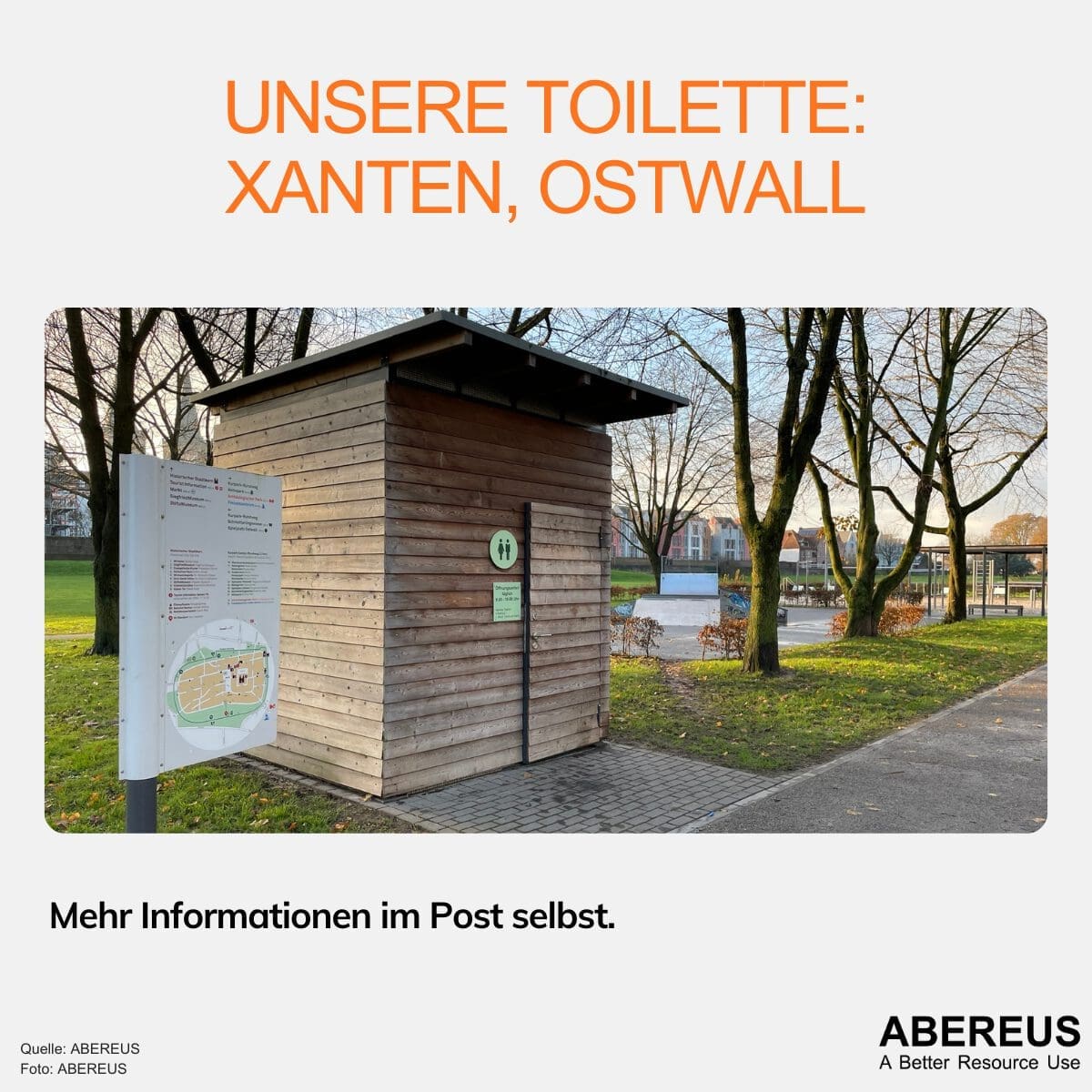Terra Preta: Sanitation

Date
Last week, we talked about the nutrient-rich soil called Terra Preta. It’s a human-made soil which has great advantages for agriculture and can help combat climate change because it stores carbon. In addition, Terra Preta sanitation offers a sustainable approach to human waste management.
An interesting side topic for us is Terra Preta sanitation, where the resources from our dry separating toilets can be used. Human feces contain high levels of Phosphorus, Nitrogen and Potassium, making it a great organic matter for Terra Preta production. By using human feces, we not only produce a soil that’s very valuable in agriculture. We also have a way to reuse the human waste that is often not treated properly. It’s also a sustainable way to deal with human waste management. This reduces the pressure on other waste management facilities.
The process more deeply
In order to make sure that all pathogens in human excrements are neutralized, two steps have to be completed: lacto-fermentation and vermicomposting. These techniques are crucial for effective Terra Preta sanitation practices.
Lacto-fermentation is known from many different fields around food like sauerkraut or yogurt. Interestingly, this process can work with or without oxygen. If we don’t have an air exchange, there are no odors produced. No nutrients will be lost in case they gas out. The process will take about 4 weeks to complete, making it a valuable component of the Terra Preta sanitation process.
The second step is to add earthworms who will digest the matter. Depending on the region, urine can be used without this step. However, for feces it is important to go through that stage. The worms will eat and digest the organic matter. They then produce nutrient-rich soil as their waste product. Besides, the worm population can regulate itself adapting to the amount of organic matter which is available. This demonstrates the benefits of Terra Preta: sanitation and organic waste management combined.
The result of this process is both a productive use of our toilet’s excrements as well as the production of nutrient-rich soil. We then have made a better resource use of what we used to consider waste.
If you’d like to learn more about circular models, get connected and join us for a better resource use.



